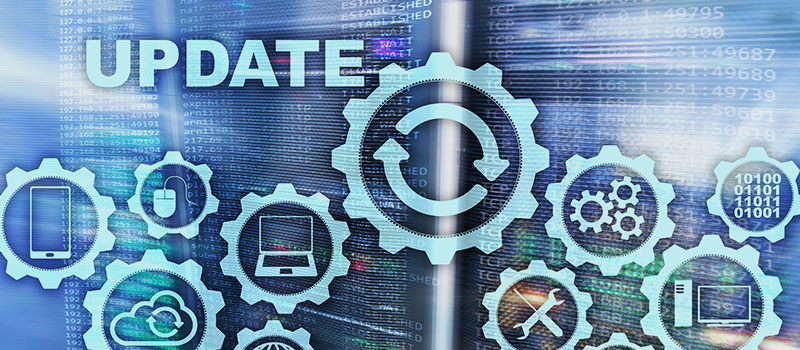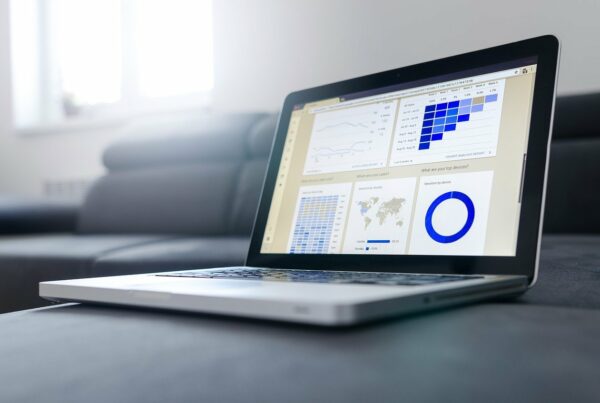Microsoft has publicly announced January 14, 2020 as the end date for extended support for the Windows 7 operating system. As of this date, Microsoft will no longer produce any patches or updates to address known or otherwise newly discovered issues for the Windows 7 platform. This potentially exposes users of devices with the Windows 7 operating system to vulnerabilities that could potentially be exploited by threat actors—exploits, bugs, viruses, and ransomware. So, if you’re one of the 40% of global organizations still using Windows 7 as your main operating system,* we’d like to help you successfully migrate off of Windows 7.
Getting Started: Preparation and Planning
We will conduct an audit of your technology assets to determine if there are Windows 7 devices and other soon-to-be-unsupported hardware or software components in use. To migrate successfully, devices need to have a minimum hardware specification to run Windows 10 at a productive level. We’ll provide a detailed report showing you which devices are running Windows 7, Office 2010, how old they are and if replacing or upgrading is the right strategy. Learn more
Upgrade vs. Replacement
Your organization will first need to determine whether upgrading devices is sufficient or replacement of devices is necessary. To help you make this choice, here is a checklist to consider when looking to migrate from Windows 7 to Windows 10 successfully.
1. Check hardware details.
Identify devices that will meet the minimum hardware specifications necessary for a desirable and productive level of performance.
Click here to view hardware specifications
2. Verify application compatibility.
Determine which applications you have installed on your current Windows 7 estate, and check they will be compatible with the new Windows operating system. Any applications with known incompatibilities will receive a recommendation from us on how to proceed.
3. Confirm licensing compliance.
The audit of devices and applications is the ideal time to verify your business has sufficient licenses for Windows 10.
Learn more
4. Decide whether to replace the device, perform a clean install or an in-place upgrade on the current device.
Learn more
5. Train users.
If users are unfamiliar with Windows 10 we can provide training to minimize the disruption to their operation.
6. Perform a pilot deployment.
Our advanced toolset will allow us to automate the in-place upgrades with ease. A pilot deployment will ensure the execution of the migration proceeds as expected.
Click here to download the checklist
What happens next?
Once we determine the right path, we can automate the migration process using Datto RMM, our cloud-based remote monitoring, and management solution, to perform the upgrade process. This will take place with little to no impact on your day-to-day operations.
Should your organization need to follow a replacement path: typically the Windows 7 replacement will consist of a Microsoft Windows 10 primary device, Office 365 ProPlus and other upgraded lines of business applications all deployed by our service delivery team.
We’d like to work with you to help you find the right path forward.
Click here to contact us today!
*NetMarketShare February 2019 data




